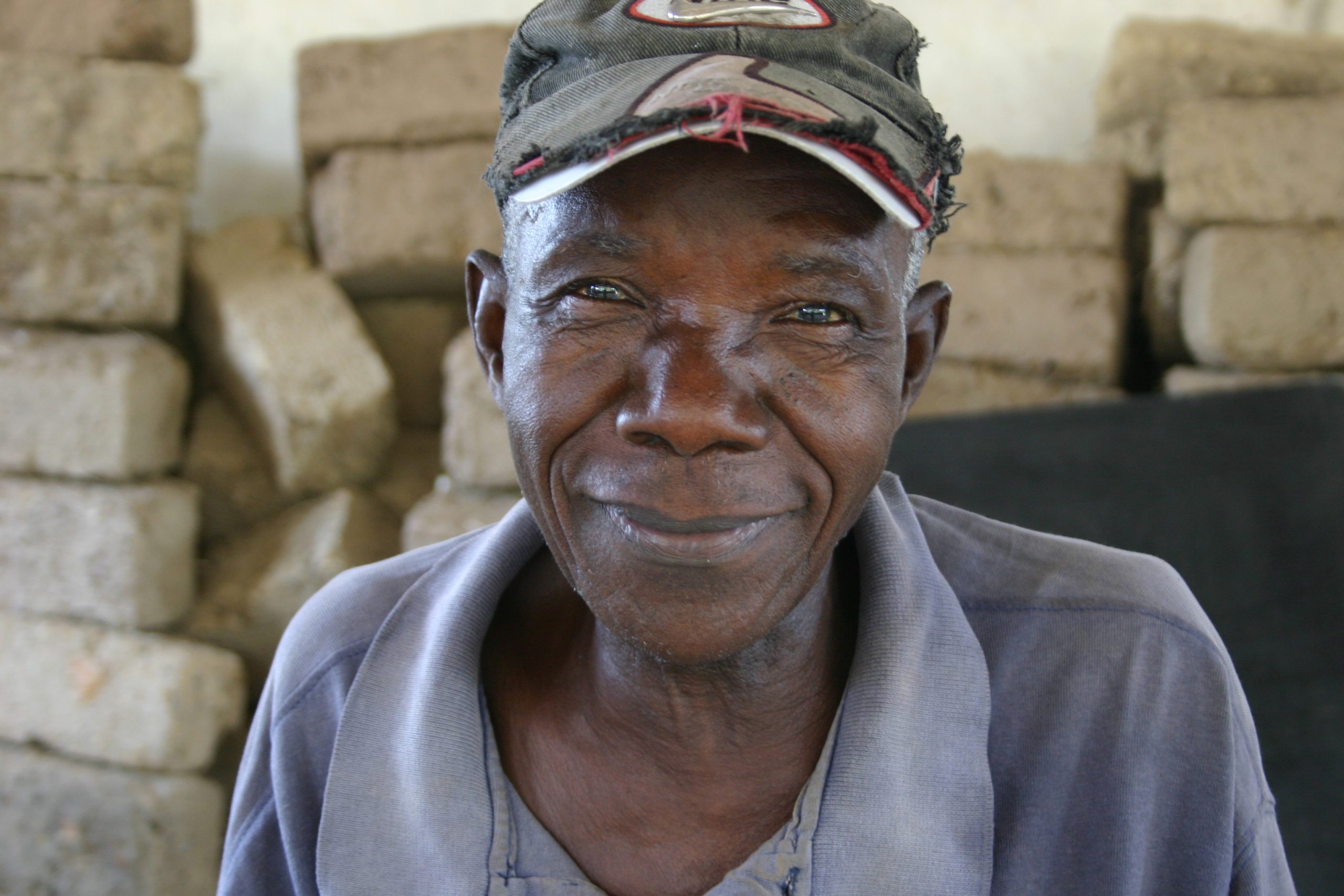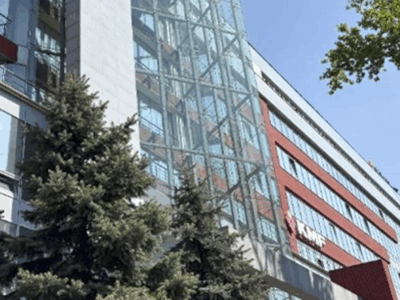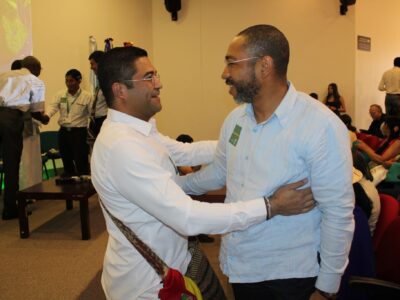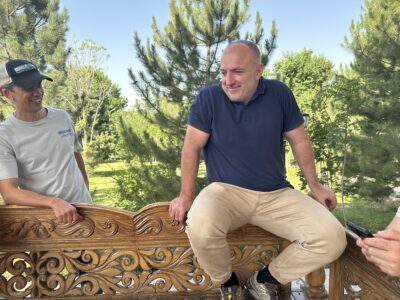
A great television commercial has been airing recently in the United States. Couples each get a long ribbon to roll out across a field of green grass. As they unroll the ribbon, its length represents how far their financial savings will go after they stop working full time. Some ribbons stop early, while others extend far into their old age. The advertisement uses this imagery to encourage viewers to sign up for a financial savings plan for retirement. Full disclosure: After watching the commercial, I signed up for a better plan.
This is an example of social and behavior change communication (SBCC) in action. While many definitions exist, in short, SBCC is any communication—from mass media to facilitated interpersonal discussions and community gatherings— informed by research and designed to change specific behaviors through tailored messaging.
The 2018 International Social and Behavior Change Communication Summit, which I attended April 16–20, in Nusa Dua, Indonesia, centered around this theme. For five days, 1,200 SBCC professionals gathered for more than 50 sessions on different aspects of behavior change. We studied high-level uses of SBCC, such as the multifaceted work that mayors of Medellin, Colombia, have been using to revitalize their city. We also learned more down-to-earth, practical approaches to SBCC content development, such as facilitated storytelling and participatory video creation.
Among the nuanced learnings, a few key themes appeared across the panels and workshops I attended:
Feeling Versus Telling. A central tenet of effective SBCC is that communications must appeal to our hearts, not our heads. The commercial is a good example—we see the ribbon unravel, and we feel the stress of running out of ribbon (and money). Feelings affect us more than simply knowing we should save money. Several workshops at the summit highlighted how to build this type of emotion into mass media messaging. One tried-and-true SBCC approach to creating an emotional response, piloted by Dr. Miguel Sabido, a producer, writer, researcher, and theorist who received a lifetime achievement award at the summit, is to create a story on film or radio in which the protagonist adopts positive and negative behaviors and learns the consequences of each. This contrast allows the viewer or listener to feel and learn along with the protagonist.
Developing Content With—Not For—Communities. Digital Green, a global development organization, and USAID’s Strengthening Partnerships, Results, and Innovations in Nutrition Globally project, co-conducted a skill-building workshop on storyboarding and filming a community alongside community members. When you create a story with a community, and they see or hear people like themselves acting it out, the message resonates more deeply. For example, seeing people just like me in the commercial run out of ribbon resonated more than watching it happen to people with whom I might not closely identify.
New Applications of SBCC. This last point has nothing to do with the ribbon commercial—one can only unravel a ribbon metaphor so far. SBCC originated in the health sector, but it quickly branched out. As associate director for social and behavior change and gender at ACDI/VOCA, I presented on a panel at the summit with Catholic Relief Services about SBCC in the agriculture sector. Many other panels highlighted SBCC’s role in changing gender norms around women’s empowerment in health, the economy, and access to financial services. This sharing of best practices will become even more important as SBCC reaches new sectors.
Changing behaviors is challenging. But when it happens, the results can be groundbreaking. I am proud of the work that ACDI/VOCA and its affiliate, Agribusiness Systems International, do to expand the application of SBCC and contribute to its growing knowledge base. In what non-health content areas have you applied SBCC practices?
Learn more about ACDI/VOCA’s approach to behavior change across market systems to alleviate poverty by watching our webinar.
Comments







